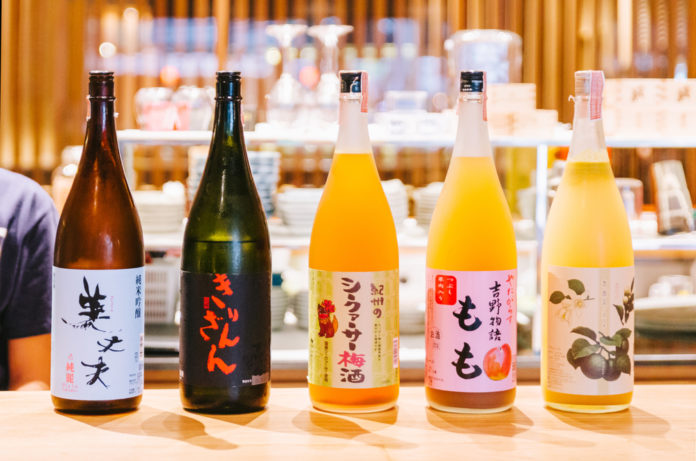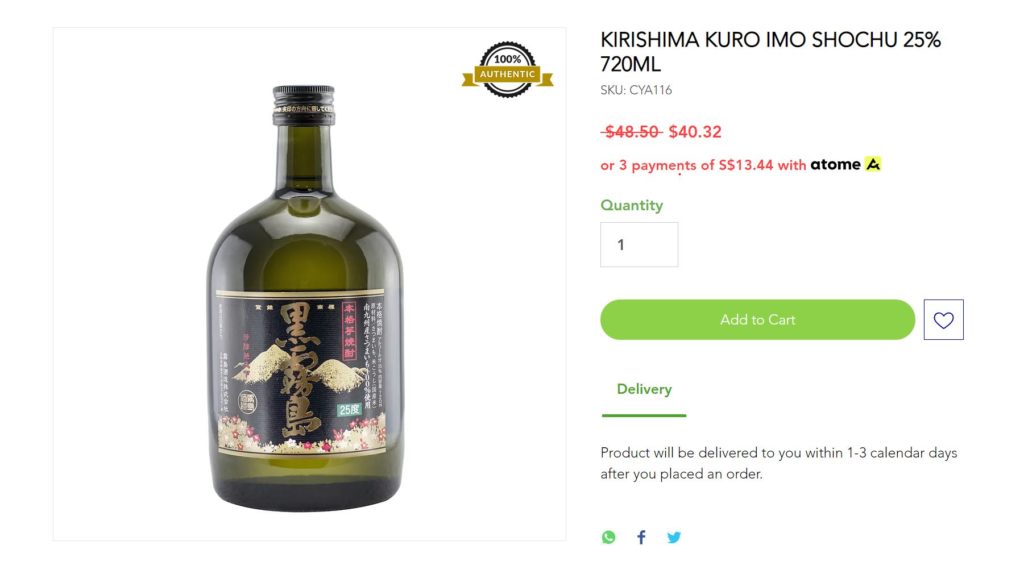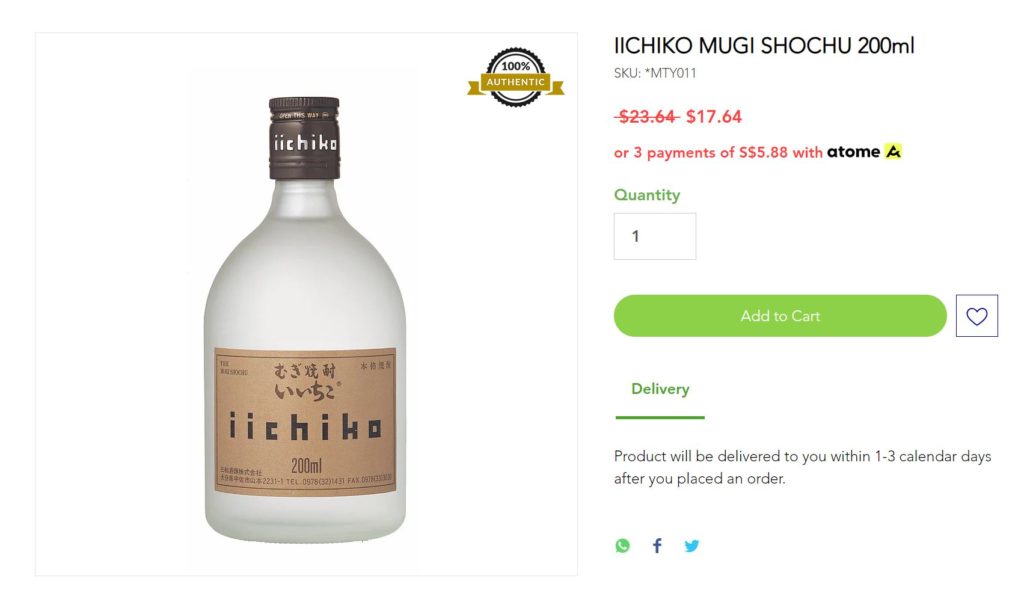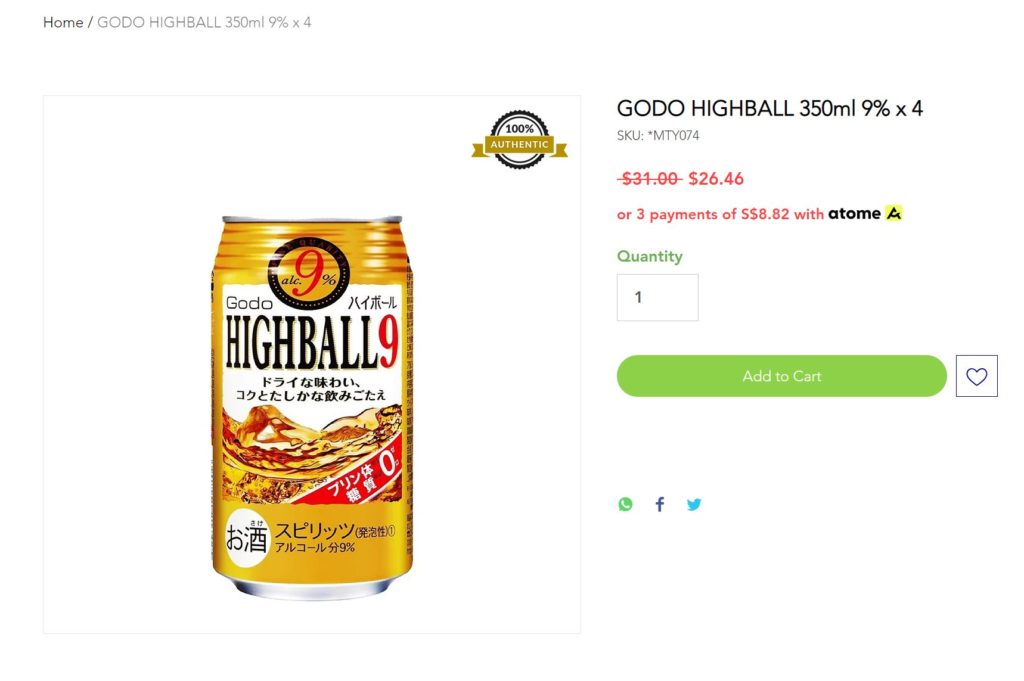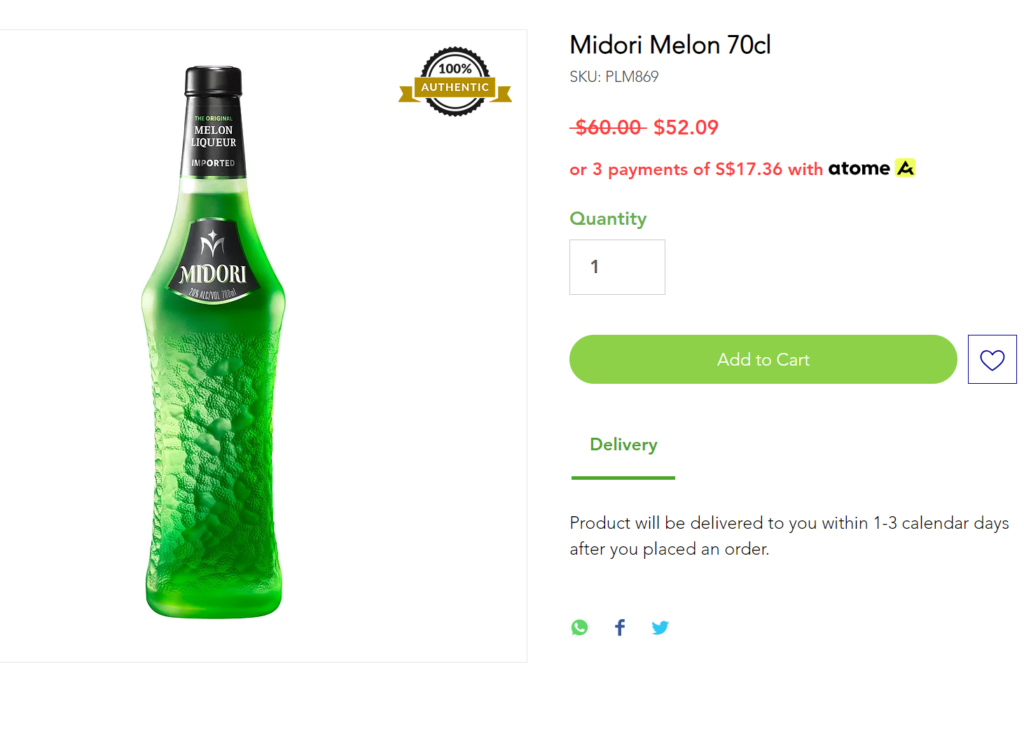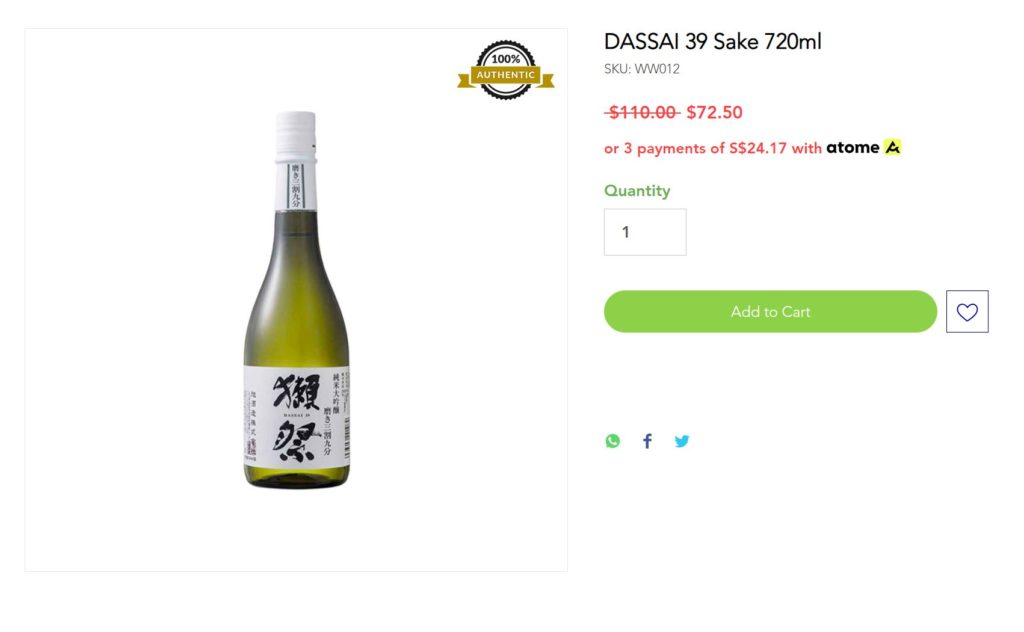What are your favourite Japanese alcoholic beverages? Suntory Whisky highball, Asahi Super Dry Beer, Umeshu, or Sake? Today, we’ll explore several popular alcoholic beverages in Japan and where to get them for your next happy hour at home!
7 Popular Japanese Alcoholic Drinks
1. Japanese Beer
It’s common to hear the Japanese exclaiming “Toriaezu biru!” without scanning through the drink’s menu in an Izakaya. This simply means “Let’s start off with beers!”, which is not surprising given that beer is the most popular drink in Japan.
Beer was first introduced to the Japanese by the Dutch merchants at Dejima, an island trading post from a time when Japan was isolated from the rest of the world. After reopening to the outside world, the country began importing beers, and later, the Japanese started to produce their own. Like most beers in other parts of the world, it is made from cereal grains, yeast, hops, and water.
Some of the popular beers in Japan are Asahi Dry Beer, Sapporo Premium Beer, and Kirin Lager.
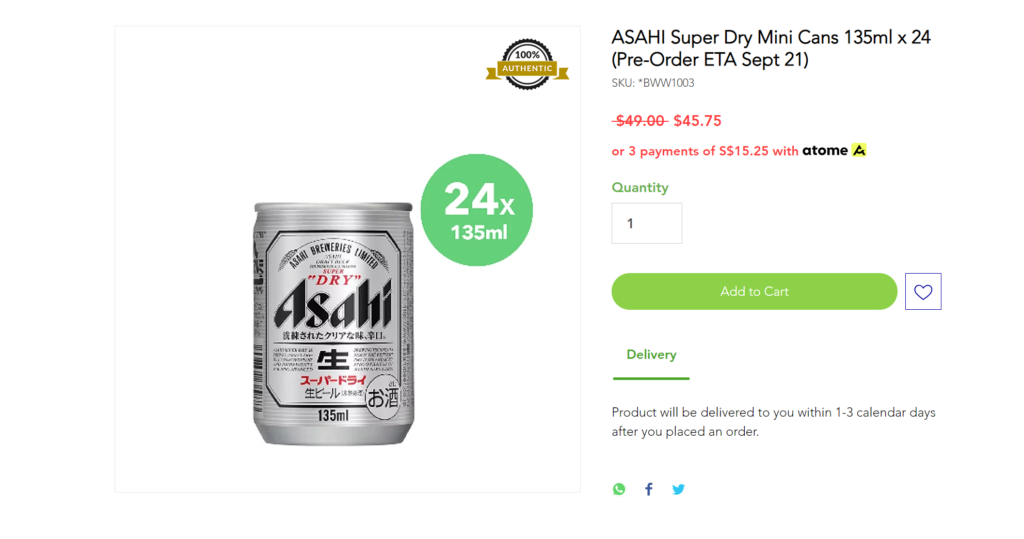 Enjoy same-day delivery when you shop at GetIt by Changi Recommends.
Enjoy same-day delivery when you shop at GetIt by Changi Recommends.
2. Imo Shochu
Sweet potatoes were first used in the production of shochu in the 1700s. The drink is made by steaming, grilling, or baking whole potatoes before fermenting them with koji mold. With over 40 different types of potatoes used in the production of shochu, as well as different manufacturing techniques, sweet potato shochu can vary significantly in character and final taste profile, while the amount of starch in potatoes greatly influences its quality.
Depending on the style, it can be served on the rocks or mixed with warm water. Here are some of the popular shochu brands: Kuro Kirishima and Iichiko.
Kirishima Kuro Imo Shochu has a thick, sweet flavour with a rich, lingering aftertaste.
3. Mugi Shochu
This shochu is made from barley (Mugi) mash that has been fermented with koji mold. It is one of the most common types of shochu, and it is usually smooth, pleasant, and easy to drink. Unaged varieties are crisp, mild, and fresh, whereas oak-aged varieties develop a light amber colour and are smooth and mellow.
In general, Mugi shochu has a mild flavour and is good for beginners, while imo shochu has a stronger flavour.
Iichiko mugi shochu has a sweet aroma and is extremely smooth and easy to drink.
4. Chuhai
Chuhai is a canned alcoholic drink that traditionally is a shochu (distilled alcohol) highball and it typically has a lower alcohol content. It was originally made with soda water and shochu—a Japanese spirit distilled from ingredients such as barley, sweet potatoes, rice, or buckwheat. Today, it’s common to find a variety of flavoured chuhai.
A high-carbonated highball made with Scottish malt whiskey and clear spirits.
5. Midori
Midori is a melon-flavoured liqueur with vibrant green colour. It is made with a base spirit infused with yubari and musk melons grown in Japan. The drink also contains sugar, brandy, and artificial colouring, which provides its distinct green hue.
Enjoy same-day delivery when you shop at GetIt by Changi Recommends.
6. Umeshu
Umeshu is a Japanese liqueur made by macerating sugar and ume plums (Prunus mume) in alcohol. It is typically made with rock sugar and ripe or green ume plums, with shochu as the base, though other neutral spirits can be used. As a result, a bittersweet liqueur with a fruity aroma is produced.
Umeshu is available in a variety of styles, some of which include additional sweeteners such as honey or black sugar, while others include additional flavourings.
Ozeki Momo Umeshu uses Hakuou Momo, which is well-known as the king of peach, and one of the highest quality of Ume, Nanko-Bai. Using high-quality Ume results in a well-balanced sweetness and acidity. This is the masterpiece of fruity peach and ume liquor.
7. Sake
Sake is the most popular Japanese beverage, with the first written mention dating back to the third century. The drink is made in its most basic form by brewing yeast, koji mold, water, and polished rice. All of these factors influence sake quality, but polishing rice is critical because the outer layer of rice kernels can impart an undesirable flavour.
Savoury, green, and vegetal notes of fennel and cucumber form the aroma, followed by trails of ripe apple. The profile of the Dassai 39 is pleasantly dry for such highly polished sake.
